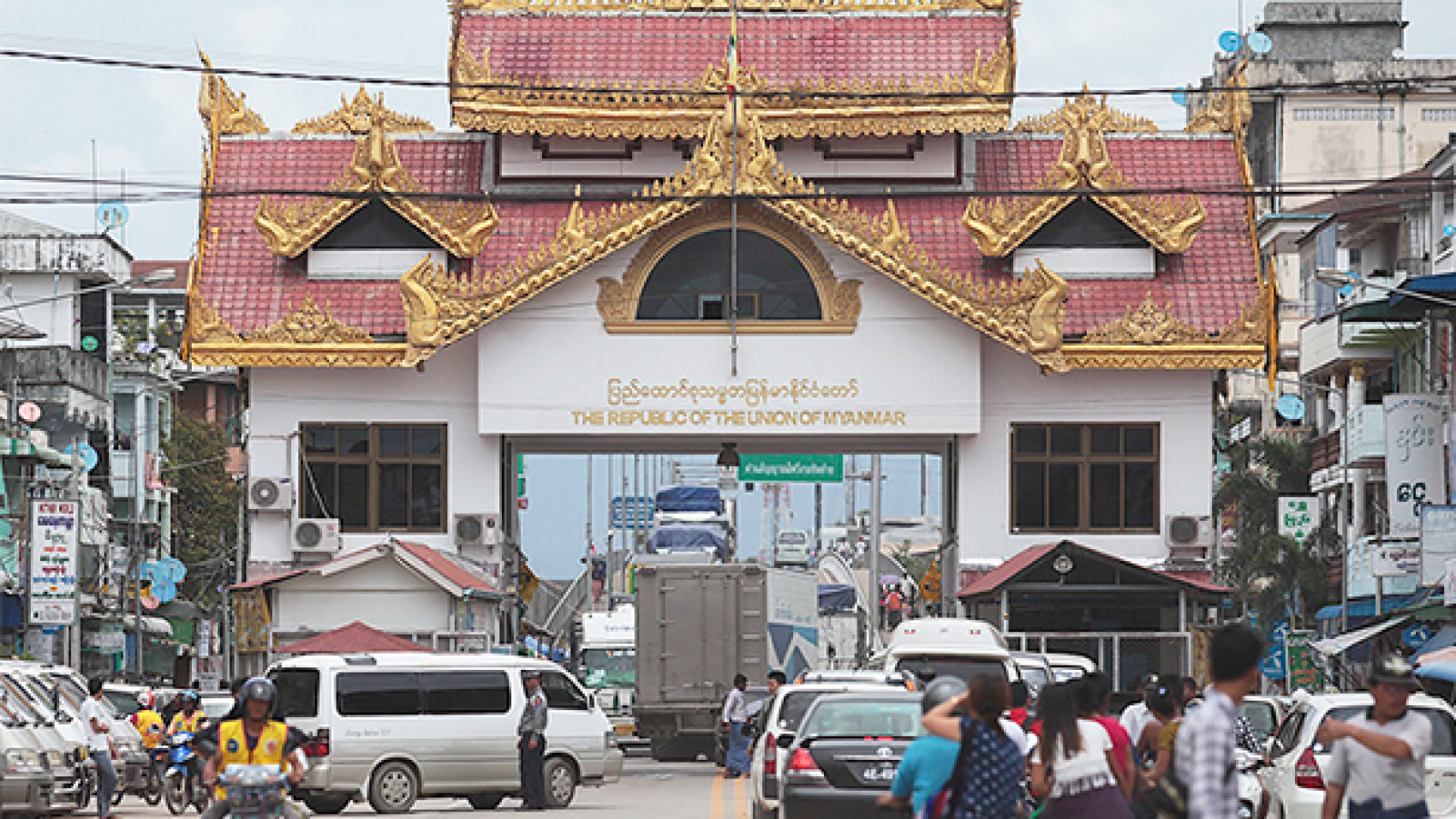Construction of an expressway connecting the city of Bago and Kyaik Hto Township in Mon State is expected to start in fiscal 2022-23. This comes after the Asia Development Bank (ADB) last week approved a US$483.8 million loan to build the 64-km expressway. Detailed design work is currently underway for the project. They will continue to work on compensation for the residents who live along the road area.
The project, which is expected to be complete in fiscal 2028-29, will include a 2.3- km bridge across the Sittaung River. The Japan International Cooperation Agency will finance the New Sittaung Bridge construction with a ¥27.8 billion loan. The project falls under the Greater Mekong Subregion (GMS) East West Economic Corridor (EWEC) from Bago to Kyaik Hto, The 4-lane asphalt concrete highway with 3.5 meter wide carriageway, 2.5-meter wide median and 2.5- meter wide median and 2.5-meter wide shoulder on each side will also provide easier access to the Thilawa Special Economic Zone near Yangon. The EWEC connects Thailand with Thilawa SEZ, and onwards to Pathein in Ayeyarwaddy.
The project will facilitate more efficient and safer movement of goods and people within Bagon Region, Mon State and Yangon Region by reducing travel time, shortening travel distance, minimizing transport costs and improving regional connectivity with Thailand and other GMS regions. The project will also help improve the ability of the Ministry of Construction to manage the country’s major toll highways and implement social and environmental safeguards. It will include a new community-based road safety program for villagers along the Bago- Kyaikto corridor.
Source: Myanmar Times

